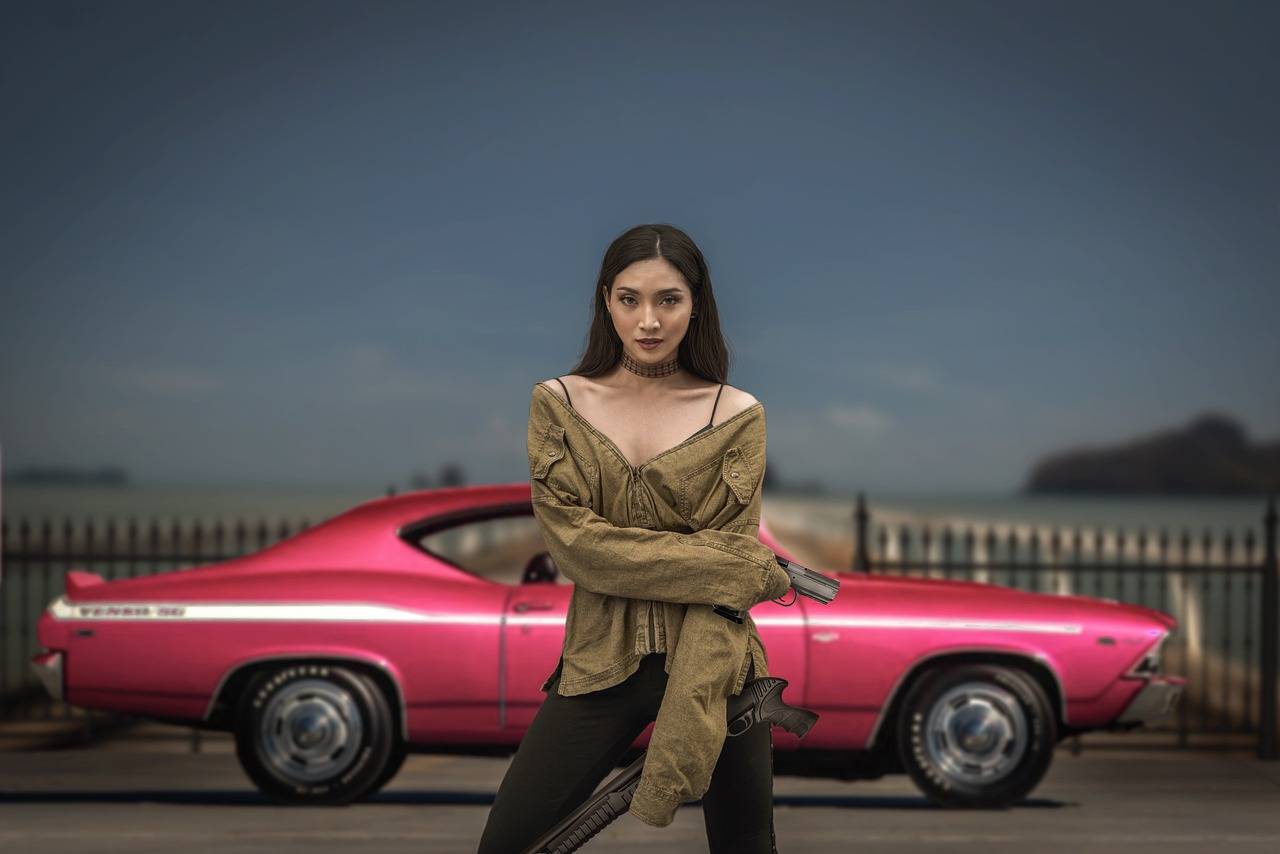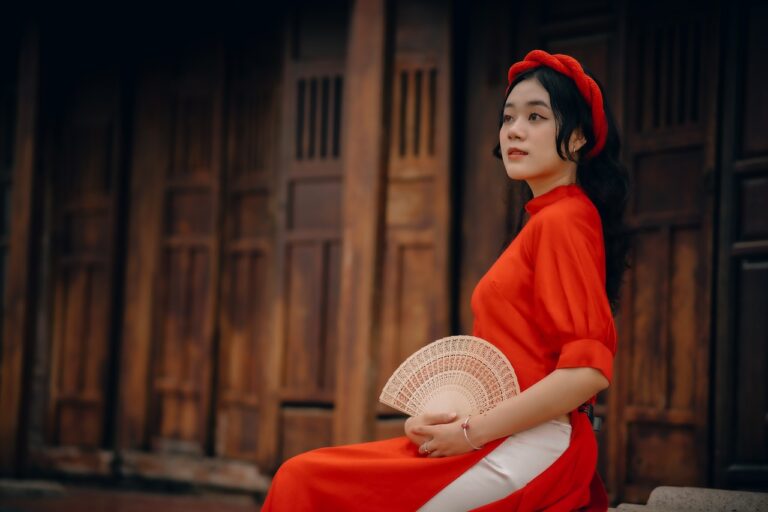Fashion Industry’s Adaptation to Changing Consumer Preferences
In recent years, sustainability has emerged as a key focus for consumers in the fashion industry. More and more shoppers are seeking out brands that prioritize ethical practices, eco-friendly materials, and transparent supply chains. This shift in consumer mindset has pushed fashion companies to reevaluate their production processes and adapt to meet the growing demand for sustainable fashion options.
Alongside sustainability, there has been a noticeable rise in the popularity of minimalist and timeless aesthetic preferences among consumers. Simplicity, versatility, and durability are now highly sought-after qualities in clothing and accessories. This shift towards classic styles and staple pieces reflects a desire for longevity and value in fashion purchases, rather than fleeting trends.
Evolving Fashion Preferences
Fashion preferences are continually shifting, driven by a plethora of factors ranging from cultural influences to technological advancements. The dynamic nature of fashion is evidenced by the ever-evolving tastes of consumers who seek individuality and self-expression through their choice of clothing. In today’s fast-paced world, fashion preferences are not merely dictated by designers and influencers; instead, they are shaped by a complex interplay of personal style, sustainability concerns, and societal values.
Moreover, the rise of social media has profoundly impacted how individuals perceive and engage with fashion. The visual nature of platforms like Instagram and TikTok has democratized fashion, allowing everyday individuals to showcase their unique styles and preferences to a global audience. As a result, fashion preferences are no longer confined to traditional norms but encompass a diverse array of trends and aesthetics that cater to a wide spectrum of tastes and identities.
What are some current consumer trends in the fashion industry?
Some current consumer trends in the fashion industry include sustainability, inclusivity, and comfort-focused designs.
How have fashion preferences evolved over the years?
Fashion preferences have evolved over the years due to changing societal norms, technological advancements, and cultural influences.
What are some factors that influence evolving fashion preferences?
Factors that influence evolving fashion preferences include celebrity endorsements, social media influence, and runway trends.
How do fashion brands adapt to evolving preferences?
Fashion brands adapt to evolving preferences by conducting market research, collaborating with influencers, and releasing new collections regularly.
Are there any specific age groups that drive fashion trends?
Yes, younger generations such as Gen Z are known for driving fashion trends with their unique sense of style and social media presence.





